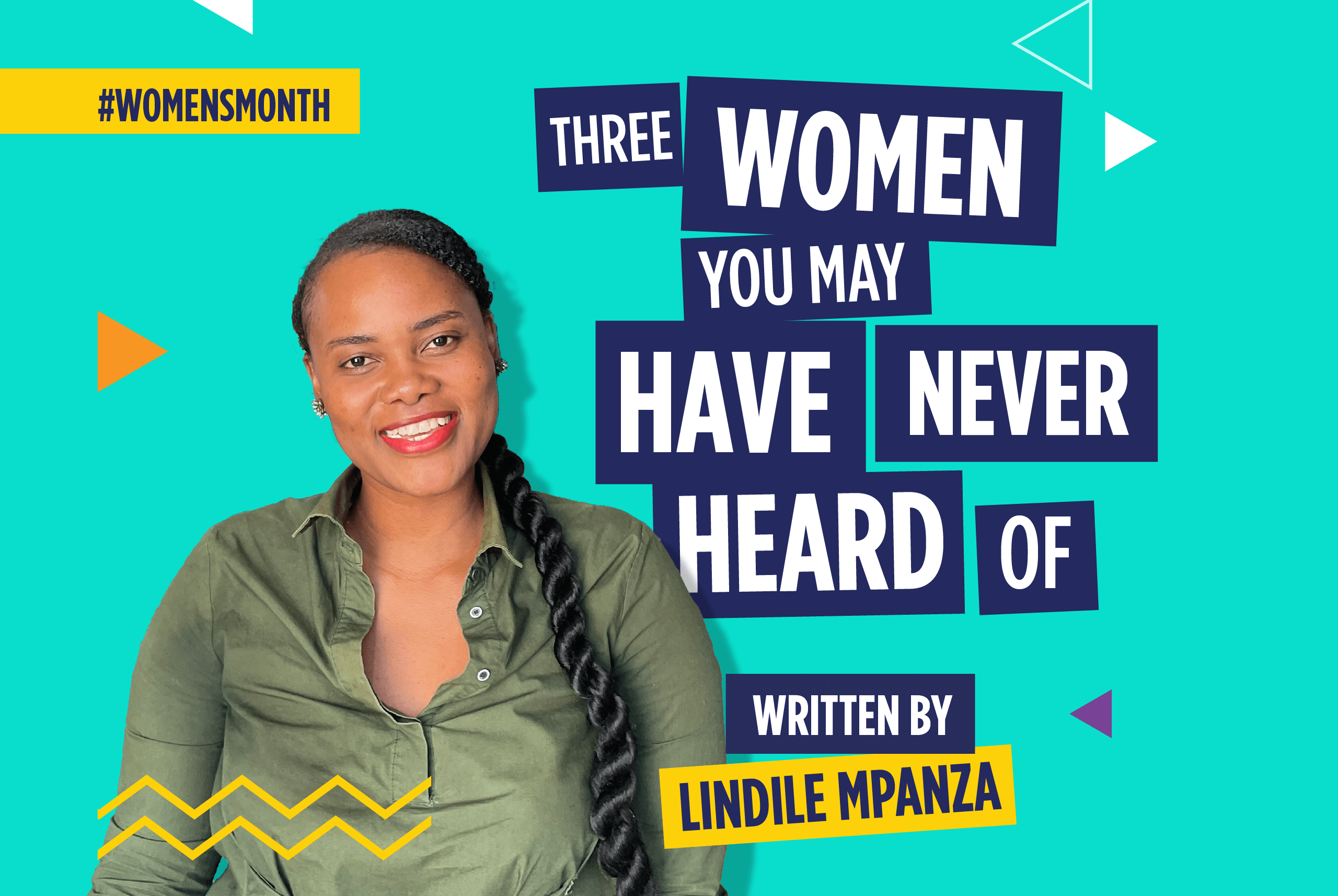Three Women You May Have Never Heard Of, Who Have Impacted Medicine, Technology, And Culture.
Trailblazer, former Miss South Africa and Miss Universe 2019, Zozibini Tunzi, once said, “I stand on the shoulders of giants. I stand on the shoulders of the women who came before me.” That is because the corridors of history are littered with examples of women who have moved mountains, knowingly or unknowingly.
In the spirit of honoring phenomenal women, all year round, here are three pioneers who have shaped the way we navigate the world, how we heal, and how we appreciate different body types.
I wasn’t sure of where I was going, but I made it.
Whenever we use any navigation system or software, it’s thanks to mathematician, Dr. Gladys West. Her work in the mathematical modeling of the shape of the Earth led to the creation of one of the most widely used inventions – the GPS (global positioning system or Gladys positioning system, as some refer to it).
In 1979, she became project manager for the Seasat radar altimetry project; Seasat was the first satellite that could monitor the oceans. She led a team and programmed an IBM 7030 Stretch computer, which was faster than other machines at the time, to provide calculations for an accurate geodetic Earth model. This detailed mathematical model of the shape of the Earth was a building block for what would become the GPS orbit.
It’s said that while West is proud of the work, she did in developing the GPS, she doesn’t use it herself – and prefers paper maps. “I’m a doer, hands-on kind of person. If I can see the road and see where it turns and see where it went, I am surer.”
She didn’t die, instead, she multiplied.
Henrietta Lacks, commonly known as the immortal woman who changed the world, transformed medicine with her cells.
In 1951, 30-year-old Lacks was diagnosed with an aggressive form of cancer. She was treated at a hospital where a doctor took samples of her cells without her knowledge or consent.
These were sent to a cancer researcher at the hospital, and this was the genesis of the HeLa cell line – one of the most important cell lines in medical research.
The medical fraternity discovered the rare ability of Lacks’ cells to survive and regenerate – meaning they could live forever.
Today, her cells have been used in almost every realm of scientific research, ranging from polio and HPV vaccines, to in vitro fertilization. It’s reported that her cells have also been used to research the Covid-19 vaccines.
Lacks died shortly after her diagnosis, but her cells continue to be used.
“Stunt with your curls, your lips, Sarah Baartman hips…”
In her song “Black Effect”, Beyoncé encourages black women to be proud of their physical features by referencing a South African woman, Saartjie (Sarah) Baartman, who in the 1800s was famed for her body, as a result of her African ancestry.
In her twenties, Baartman became a symbol of international objectification, because she didn’t fit into the dominant ideas of beauty. She left her native land in the early 1800s for Europe, where she was exhibited by showmen, and hypersexualized for the sake of entertainment.
At the dawn of democracy, the late former statesman, Nelson Mandela, requested that Baartman’s remains be returned to South Africa, where they are buried in the Eastern Cape.
Her body went from a symbol of exploitation to a source of empowerment for women, and the celebration of her features has marked a departure from her historical image.
Sources: The Guardian; NPR; The Reid Out; The Conversation; Sarah Baartman Centre; History of Yesterday.

Lindile Mpanza
PR Specialist at BET Software






